The Rise of Biodiversity Regulations
With all the good biodiversity gives us and our environment, you would hope that it is sufficiently protected and supported by legislation. Not only in Europe, but also worldwide.
As part of the European Green deal approved in 2020, the Nature Restoration Law is the first of its kind to cover the entire continent in Europe. Sadly, 80% of Europe’s natural habitats are in poor condition, but the proposed Nature Restoration Law will help to turn the tide when it comes to the protection and rejuvenation of European biodiversity by two 2030 and 2050 milestones.
Through binding targets, the Nature Restoration Law requires restoring and protecting at least 20% of EU land and sea by 2030, and restoring all degraded ecosystems by 2050. Specific goals outlined by the law include:
- Reversing declines in pollinators
- Reviving the flows of rivers
- Increasing forest biodiversity and connectivity
- Restoring marine habitats
- Expanding urban green spaces by at least 5%
- And increasing farmland bird populations and organic carbon in croplands.
EU Member states must formulate national plans with concrete measures tailored to achieving EU-wide goals. However, some targets may be postponed in case of any exceptional circumstances, e.g. severe economic recession or major disruptions to agricultural production.
The European Parliament and the Council recently reached an agreement on the Nature Restoration Act and now need to formally adopt the regulation. Member states have two years after the law enters into force to submit their first nature restoration plan to the Commission.
What about the European Green Deal?
The European Green Deal, which forms the basis of the Nature Restoration Law, is a wide-ranging policy initiative that the European Commission launched in 2019 to make the EU climate-neutral by 2050, and contains some major implications for biodiversity policy.
For starters, a key component of the European Green Deal is the EU Biodiversity strategy for 2030, which sets specific targets and commitments to protect the biodiversity of Europe such as:
- Legally protecting 30% of EU land and sea
- Restoring degraded ecosystems
- Reducing pesticide use by 50%
- And planting 3 billion trees.
Biodiversity disclosure
Biodiversity disclosure is the act of companies reporting on how their operations and their supply chains impact biodiversity. This is particularly important when it comes to transparency, accountability, and regulatory compliance.
Disclosure can be done in many ways, such as:
- Assessing a company’s positive and negative impacts on biodiversity through different factors like resource extraction, pollution, and habitat loss.
- Measuring and disclosing specific biodiversity-related metrics like water usage in sensitive areas, IUCN red list species affected, and land footprint.
- Mapping out any geographical biodiversity risks and hotspots that may be relevant to a company’s operations and supply chains.
- Setting targets to reduce harm to biodiversity.
The Taskforce on Nature-related Financial Disclosures (TNFD) has developed a set of disclosure recommendations and guidance for organisations to report and act on evolving nature-related dependencies, impacts, risks and opportunities. The recommendations, which were released this month, are structured around four pillars (Governance, Strategy, Risk and impact management and Metrics and targets), consistent with the Task Force on Climate-related Financial Disclosures (TCFD) and the International Sustainability Standards Board (ISSB). While these are just a set of recommendations, we hope that in the future, as with the TCFD, disclosure will become mandatory for applicable companies.
Recently, France passed a new corporate biodiversity disclosure law, known as Article 29 of the law on Energy and Climate, requiring French companies with over 500 employees (10,000 worldwide) to establish and publish biodiversity vigilance plans from 2023 onwards. These plans have to:
- Identify biodiversity risks from their company activities
- Assess impacts on ecosystems
- Describe any mitigation actions taken
- Outline monitoring procedures
- And specify goals to improve or regenerate biodiversity.
Failing to meet these requirements will net the company a fine of up to €10 million depending on the company’s profits, and also enables liability claims for any resulting biodiversity damage.
Is biodiversity disclosure a requirement elsewhere?
While France is the first major economy to mandate biodiversity reporting, that’s not to say that other EU countries and countries worldwide don’t have disclosure requirements in place or in the proposal stage that affect biodiversity.
For example, Germany has The Supply Chain Due Diligence Act which requires the screening and disclosing of biodiversity risks in company supply chains, and the UK has recently made climate-related financial disclosures mandatory for over 1,300 of the largest UK-registered companies and financial institutions after adopting the requirements set out by the Task Force on Climate-related Financial Disclosures Framework.

Green building and biodiversity
When it comes to green building and infrastructure, we hope that with the increase in nature base recommendations, GRESB and Green Building certification systems (e. g. LEED®) will play an important role in protecting and enhancing biodiversity in the future. On top of drawing attention to the issue of biodiversity loss in the industry and highlighting the priority of its protection, both the GRESB assessment and the Green Building certification process may help create accountability for companies and their projects to quantify, report on, and improve their biodiversity performance.
Public disclosure helps to create reputational incentives. And with major industry benchmarks incorporating biodiversity; design that makes biodiversity paramount is brought more into the mainstream, and less of a niche. With biodiversity made more mainstream in the industry, we really start to see a positive network effect in built up areas, with the multiplication of sustainable developments increasing total green space and the connectivity of habitats.
The future of biodiversity
From past experiences (such as the EU missing its target to halt biodiversity loss by 2010 and the Natura 2000 network having uneven coverage, management, and funding for different countries), biodiversity targets can’t be met without sufficient enforcement, financing, monitoring, and stakeholder engagement. The crises faced by the biodiversity of Europe and the world at large are increasing, and the amount of protected area coverage, the quality of that coverage, amount of native ecosystems restored, and incentivisation of regenerative agriculture will need to be increased and improved upon in the upcoming years.
The UN’s Global Biodiversity Outlook report warns that without urgent action, biodiversity will continue to decline at unprecedented rates. Public concern over biodiversity loss is on the rise however, and momentum for the required change is starting to build up.
Ideally in the future (at least in Europe), we’ll see increased buy-in and engagement on legislation such as the European Green Deal, Nature Restoration Law, or any other proposals that may present themselves.
Watch this space. With the right action and political will, biodiversity will flourish once again.








Head Office, Berlin,
Neue Grünstraße 17 | 18 Hof 1 | TRH 3
10179 Berlin
© ES EnviroSustain GmbH 2021





